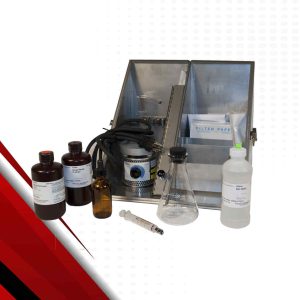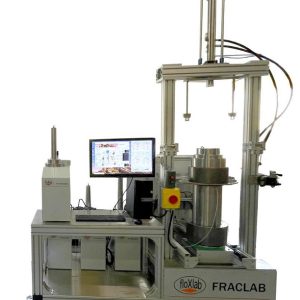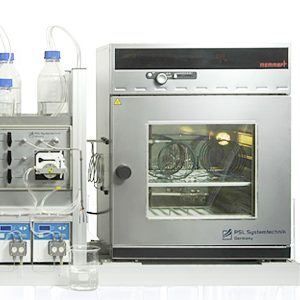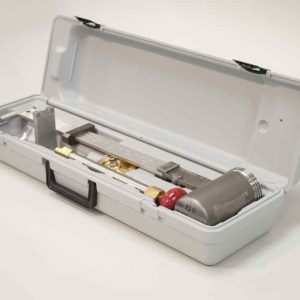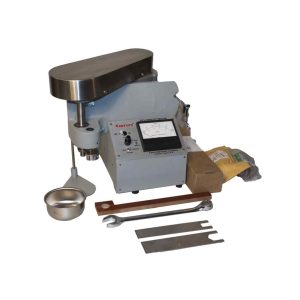The First Classic Heat-Flux DSC for Fast Cooling
Integrated into the DSC 214 Polyma is an oval furnace with a very low thermal mass (Arena® furnace), which allows for heating and cooling rates of up to 500 K/min – values previously unachievable with heat-flux DSCs. Temperature profiles can now be realized which are far closer to real processing conditions.
Groundbreaking Sensor Technology
The novel, patent-pending ring-shaped sensor is comprised of a core of nickel chromium-nickel-chromium and an outer ring of constantan. Both materials are diffusion-welded. This generates a defined, ring-shaped zone where the temperature under the crucible is recorded, resulting in a significantly higher reproducibility – especially in combination with the Concavus® crucibles.
By combining a very low thermal mass furnace (Arena®) with a robust, sensitive sensor (ring-shaped sensor) and optimized crucibles (Concavus®), the DSC 214 Polyma achieves impressive performance data.
Along with fast heating and cooling rates – which also allow for isothermal crystallization experiments –, this is expressed particularly by the Indium Response Ratio, which is the achievable height-to-width ratio of the melting peak of indium.
A high value for the Indium Response Ratio describes a peak that is not only tall (high sensitivity) but also narrow. This allows for the detection of weak effects and, at the same time, for the reliable separation of peaks occurring in close succession.
The DSC 214 Polyma features a high Indium Response Ratio of over 100 mW/K – a value which is not only far greater than average but one of the highest ever published for a DSC instrument.


